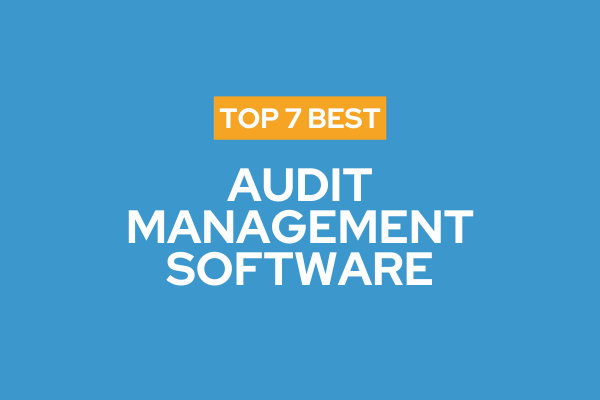
Top 7 Audit Management Software
Discover 7 audit management software to streamline compliance, automate workflows, and improve efficiency and risk management across your organisation.
Published on October 22, 2025
Last updated on October 22, 2025
Crises can strike at any time and in many forms — natural disasters, cyber incidents, operational disruptions, or supply chain breakdowns. In these moments, how quickly and effectively an organisation responds determines its ability to protect people, assets, and reputation. Having a comprehensive crisis management plan is one thing; having the right software to execute it seamlessly is another.
Crisis management software provides organisations with the digital infrastructure to coordinate responses, communicate clearly, and document every action. With automation, analytics, and integrated communication tools, teams can act faster and more accurately under pressure. In this list, we explore the leading crisis management software in 2025 — tools that empower leaders to maintain control and continuity when it matters most.
Crisis management software is designed to help organisations prepare for, respond to, and recover from unexpected disruptive events. It enables teams to activate predefined crisis plans, coordinate responses, communicate internally and externally, and track real-time developments.
By centralising incident data, communication logs, and resource allocation, crisis management software ensures consistency in execution and decision-making. It plays a key role in maintaining business continuity, operational resilience, and stakeholder confidence during times of uncertainty.
Choosing the right software requires identifying features that streamline collaboration, communication, and control in critical situations.
The ability to communicate instantly across teams and channels ensures everyone has access to the latest updates. Real-time notifications and alerts reduce confusion and enable swift decision-making.
A centralised system to record all actions, decisions, and communications during an event provides accountability and facilitates post-crisis analysis.
Automating parts of the crisis response process — such as triggering workflows, sending notifications, or assigning tasks — helps reduce human error and speeds up execution.
Effective crisis software supports communication across SMS, email, voice calls, and push notifications, ensuring messages reach recipients regardless of connectivity challenges.
Comprehensive dashboards allow leaders to track crisis status, monitor task completion, and evaluate performance metrics in real time.
Crisis management tools should integrate with existing systems such as HR, ERP, or risk management software. They should scale as organisational needs evolve.
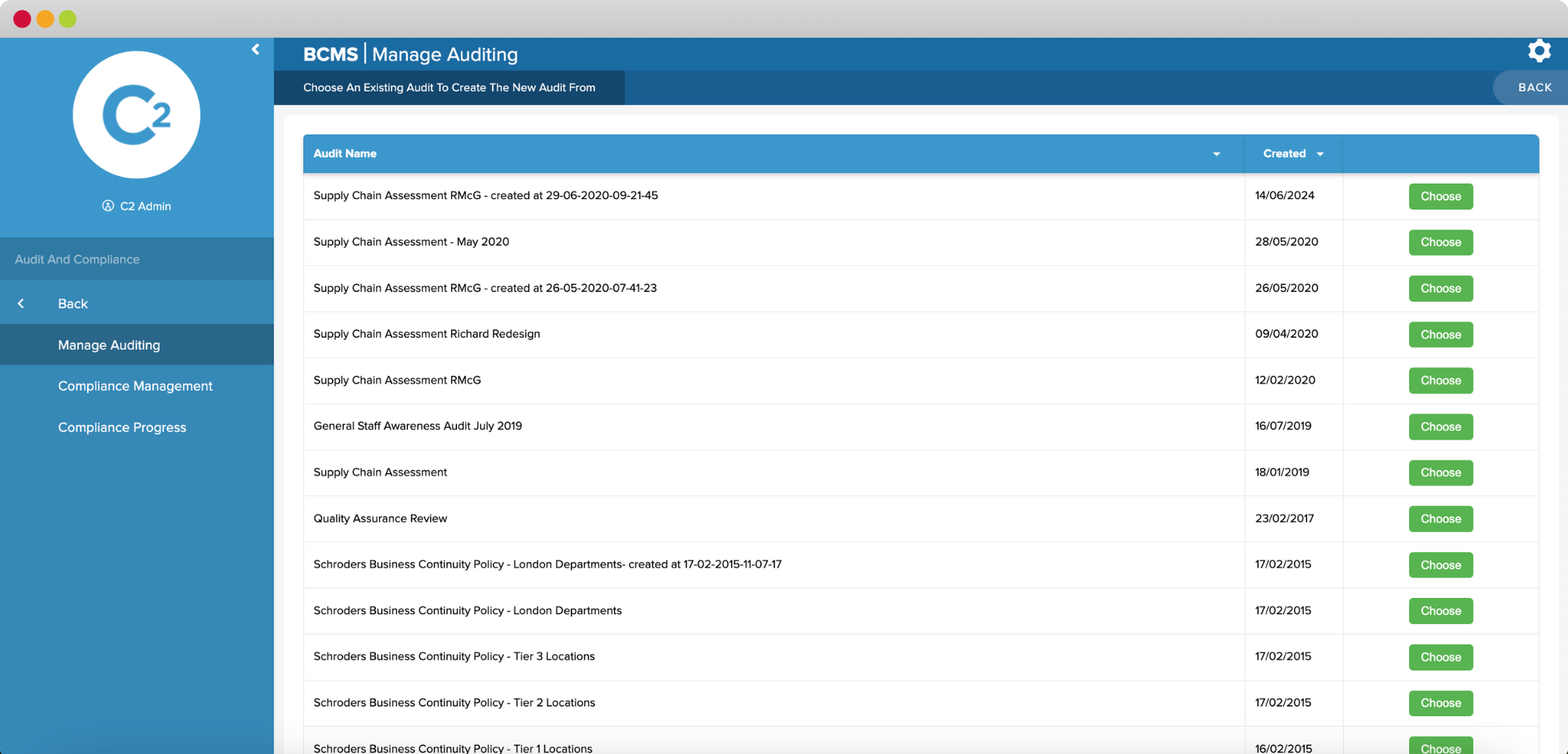
Continuity2 provides an industry-leading platform for business continuity and crisis management. Its integrated system supports automated response activation, secure communications, and comprehensive reporting — all from one dashboard. The software streamlines decision-making through real-time analytics and visibility across the organisation, enabling rapid, coordinated responses during any crisis.
Key Features:
Best for: Large enterprises seeking an all-in-one continuity and resilience solution.

Everbridge is a well-established name in critical event management. The platform provides a unified approach to alerting, communication, and coordination during crises. It offers geo-targeted notifications and real-time situational awareness tools for emergency response.
Key Features:
Best for: Organisations requiring large-scale communication capabilities.
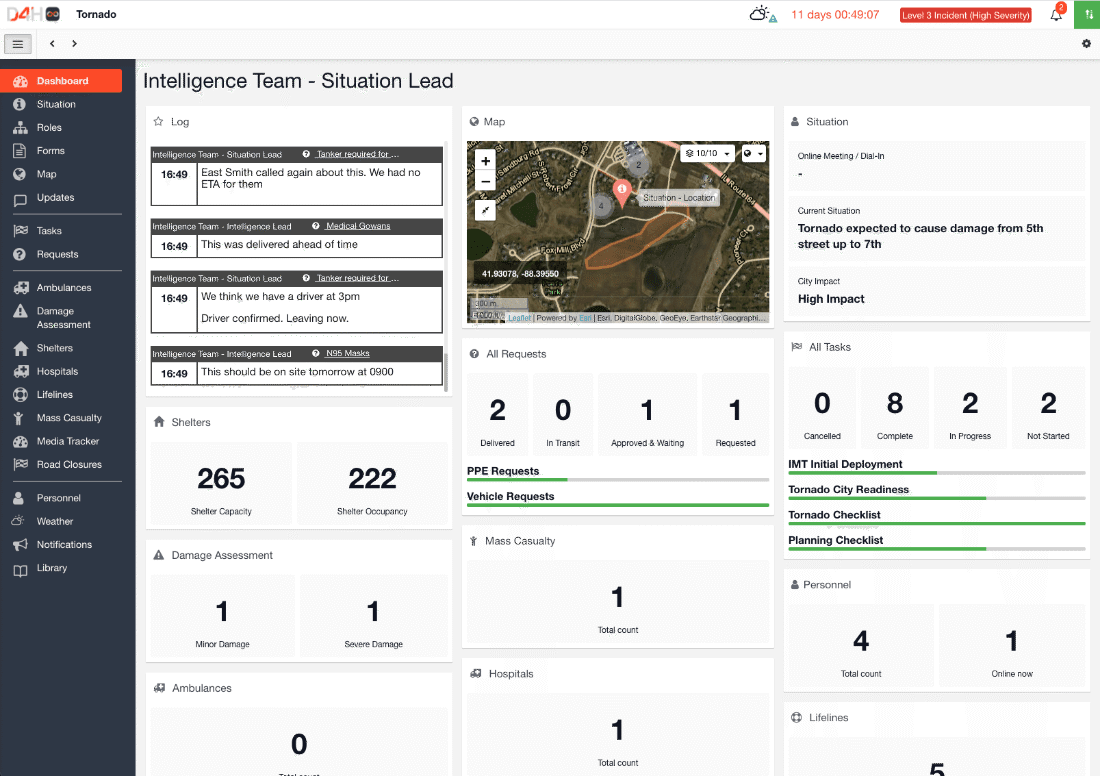
D4H specialises in emergency response and resource management. It enables incident teams to collaborate and document every stage of crisis response. The platform supports multi-agency operations and integrates analytics for performance assessment.
Key Features:
Best for: Emergency response teams and government organisations.

Crises Control focuses on rapid communication and accountability during high-pressure situations. It simplifies plan activation and stakeholder communication, reducing response time significantly.
Key Features:
Best for: Mid-sized businesses prioritising clear communication and compliance.
Noggin offers a comprehensive incident and crisis management suite that includes threat intelligence, safety management, and post-event analysis. It supports flexible workflows and integrates with other enterprise tools for better coordination.
Key Features:
Best for: Complex organisations with multi-location operations.

Perimeter provides a strong emphasis on crisis communication, particularly in public safety and community alerting. It supports external coordination between emergency services, organisations, and the public.
Key Features:
Best for: Public sector and emergency management agencies.
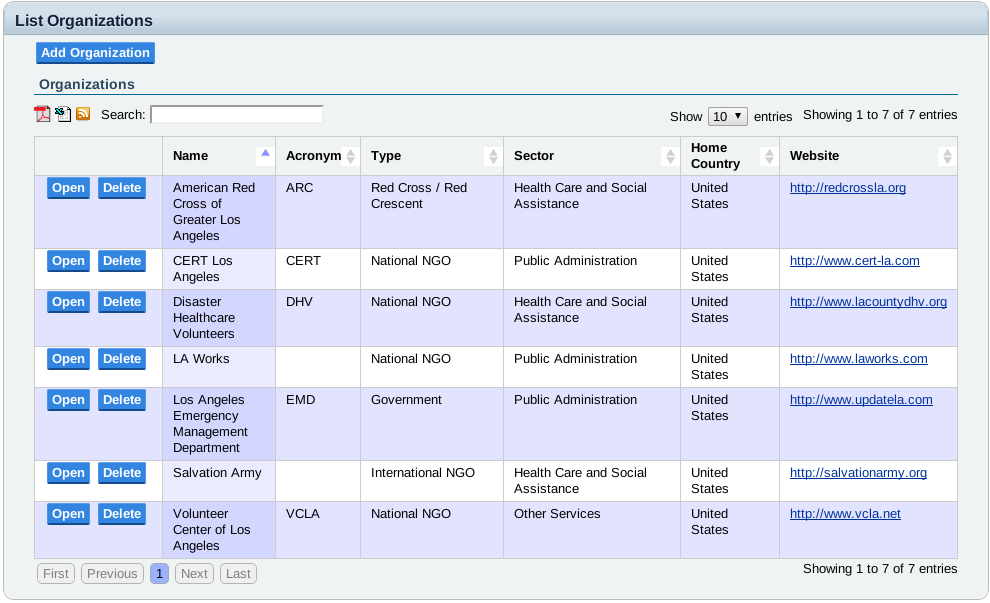
Sahana is an open-source emergency management platform designed for disaster relief and humanitarian operations. Its flexibility and adaptability make it ideal for NGOs and governments in developing regions.
Key Features:
Best for: Non-profits and government bodies managing disaster response.
By giving crisis management teams real-time visibility, automated workflows, and clear communication channels, modern platforms enable faster, more effective responses.
Crisis management software ensures everyone has access to the same information, promoting coordinated action and minimising duplication of effort.
Automated alerts and workflows significantly reduce the time it takes to mobilise teams and execute action plans, leading to quicker crisis containment.
Detailed logging and analytics allow leaders to see what actions were taken, by whom, and when. This transparency supports compliance and continuous improvement.
Real-time notifications and multi-channel alerts make it easier to reach all stakeholders instantly, maintaining clarity during high-pressure moments.
Dashboards and analytics offer insight into the crisis lifecycle, helping leaders make informed decisions and refine strategies for future preparedness.
In an era of increasing uncertainty, crisis management software is no longer optional — it is an essential part of business resilience and continuity. By adopting technology that centralises coordination, communication, and reporting, organisations can respond more efficiently and emerge stronger after disruption.
Continuity2’s comprehensive crisis management solution empowers organisations to plan, respond, and recover with confidence. With automation, secure communication channels, and data-driven insights, Continuity2 enables teams to strengthen resilience and maintain control when it matters most.
Book a Demo with Continuity2 to see how our software can enhance your organisation’s crisis response, operational resilience, and business continuity capabilities.
Founder & CEO at Continuity2
With over 30 years of experience as a Business Continuity and Resilience Practitioner, Richard knows the discipline like the back of his hand, and even helped standardise BS25999 and ISO 22301. Richard also specialises in the lean implementation of Business Continuity, IT Service Continuity and Security Management Systems for over 70 organisations worldwide.


Founder & CEO at Continuity2
With over 30 years of experience as a Business Continuity and Resilience Practitioner, Richard knows the discipline like the back of his hand, and even helped standardise BS25999 and ISO 22301. Richard also specialises in the lean implementation of Business Continuity, IT Service Continuity and Security Management Systems for over 70 organisations worldwide.

Discover 7 audit management software to streamline compliance, automate workflows, and improve efficiency and risk management across your organisation.
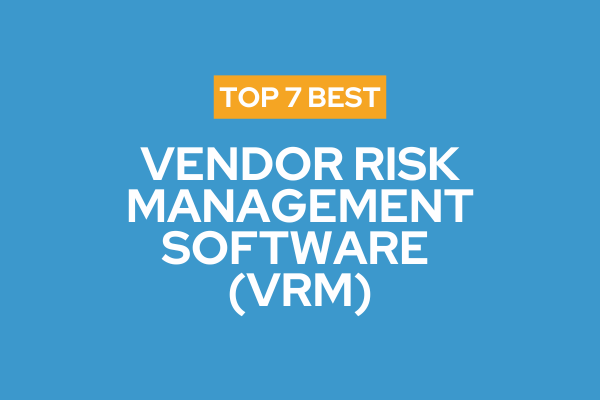
Explore the best VRM software to streamline due diligence, monitor vendors in real time, and support compliance, reporting, and business continuity.
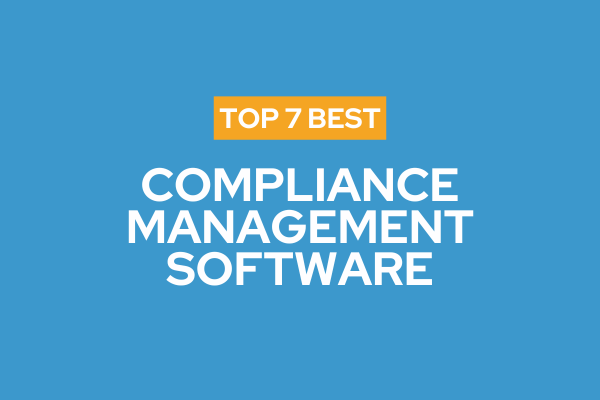
Compare the top 7 compliance management platforms. Learn key features, benefits, and use cases to automate workflows, reduce risk, and simplify audits.
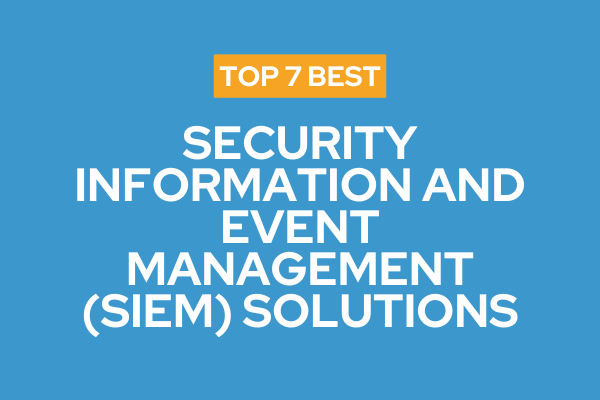
Find the best SIEM tools to detect threats faster, automate incident response, ensure compliance, and strengthen your organisation’s cyber resilience.
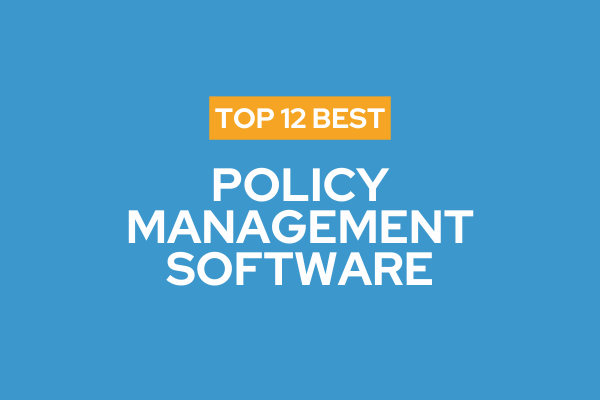
Explore the top 12 policy management software platforms that simplify compliance, automate workflows, and strengthen governance and resilience.

Compare the top 7 CEM software platforms for 2025—tools that detect threats, automate alerts, coordinate response, and keep people and operations safe.
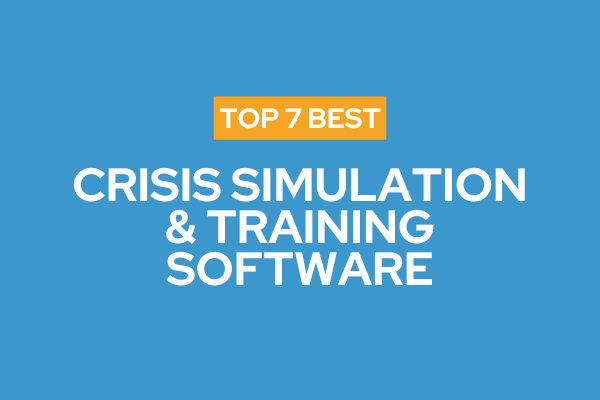
Enhance your crisis management skills with effective simulation software. Learn how to improve preparedness and respond confidently in your organisation.
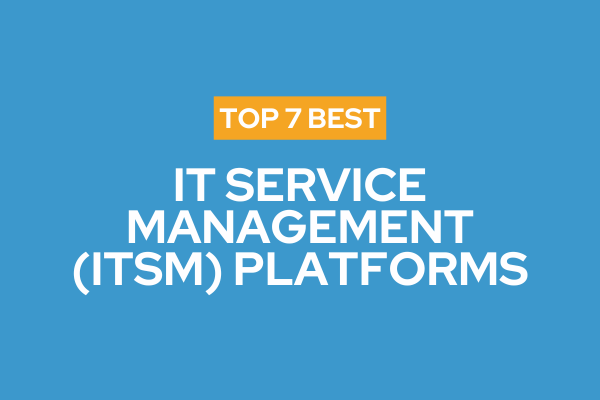
Explore the top 7 IT Service Management (ITSM) platforms that streamline IT operations, boost efficiency, ensure compliance, and drive business resilience.
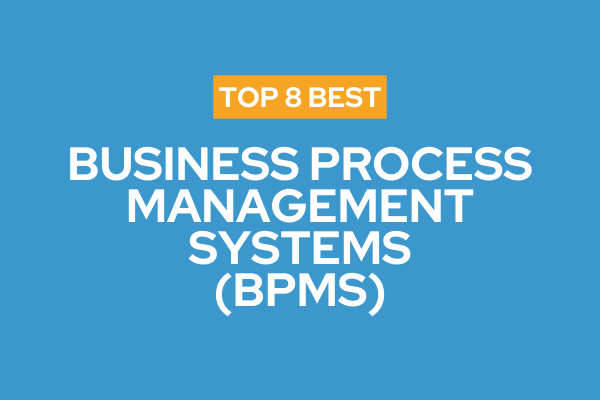
Discover essential tips for selecting the best business process management software tailored to your needs. Read the article to make informed choices.